Pixel
A hand-crafted 2D game library in Go. Take a look into the features to see what it cando.
go get github.com/faiface/pixel
If you are using Modules (Go 1.11 or higher) and want a mutable copy of the source code:
git clone https://github.com/faiface/pixel # clone outside of $GOPATH
cd pixel
go install ./...
See requirements for the list of libraries necessary for compilation.
All significant changes are documented in CHANGELOG.md.
Tutorial
The Wiki of this repo contains an extensive tutorialcovering several topics of Pixel. Here's the content of the tutorial parts so far:
- Creating a Window
- Drawing a Sprite
- Moving, scaling and rotating with Matrix
- Pressing keys and clicking mouse
- Drawing efficiently with Batch
- Drawing shapes with IMDraw
- Typing text on the screen
- Using a custom fragment shader
Examples
The examples repository contains a fewexamples demonstrating Pixel's functionality.
To run an example, navigate to it's directory, then go run the main.go file. For example:
$ cd pixel-examples/platformer
$ go run main.go
Here are some screenshots from the examples!
| Lights | Platformer |
|---|---|
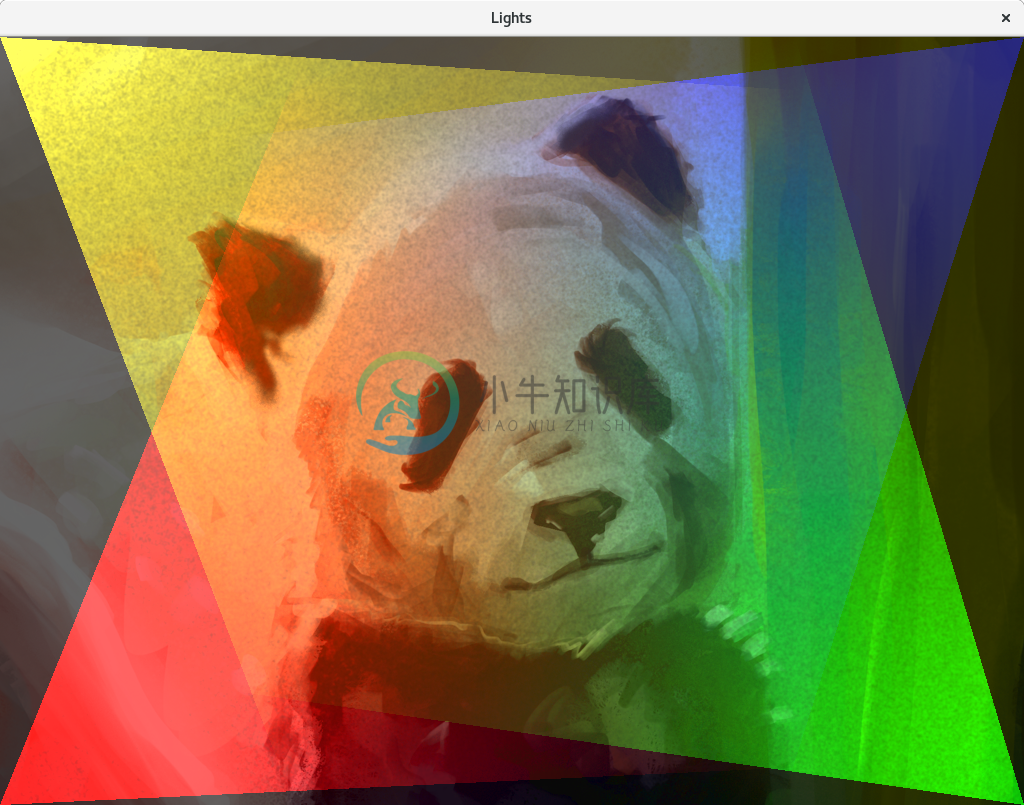 |
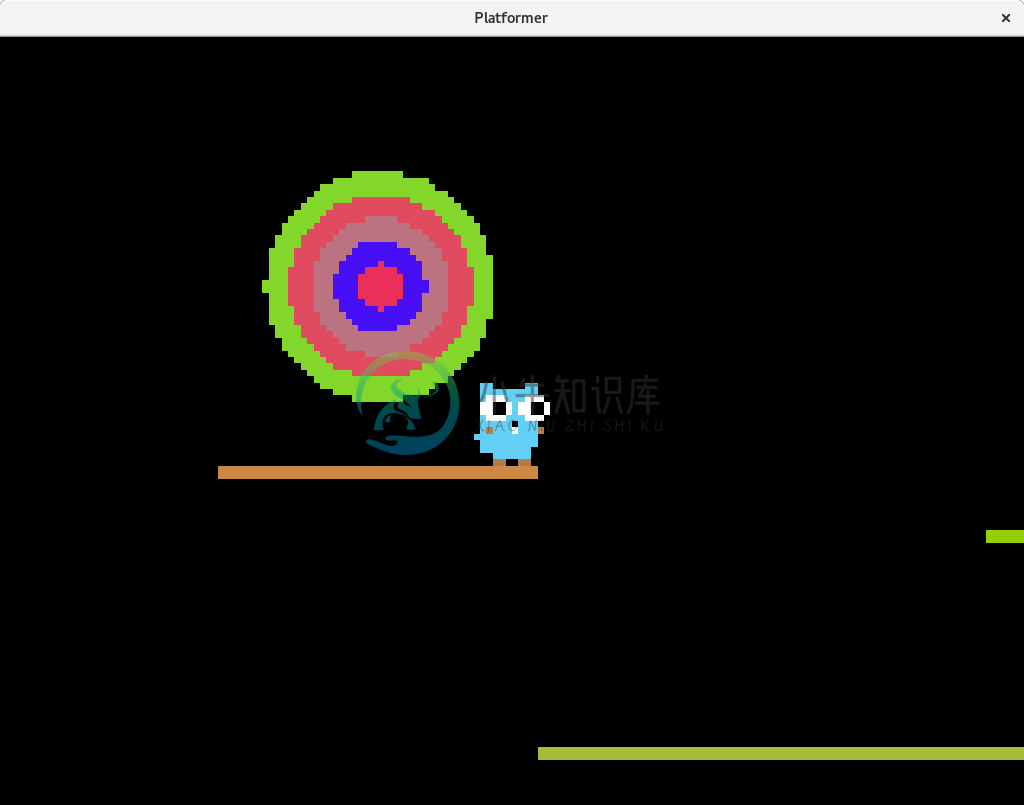 |
| Smoke | Typewriter |
|---|---|
 |
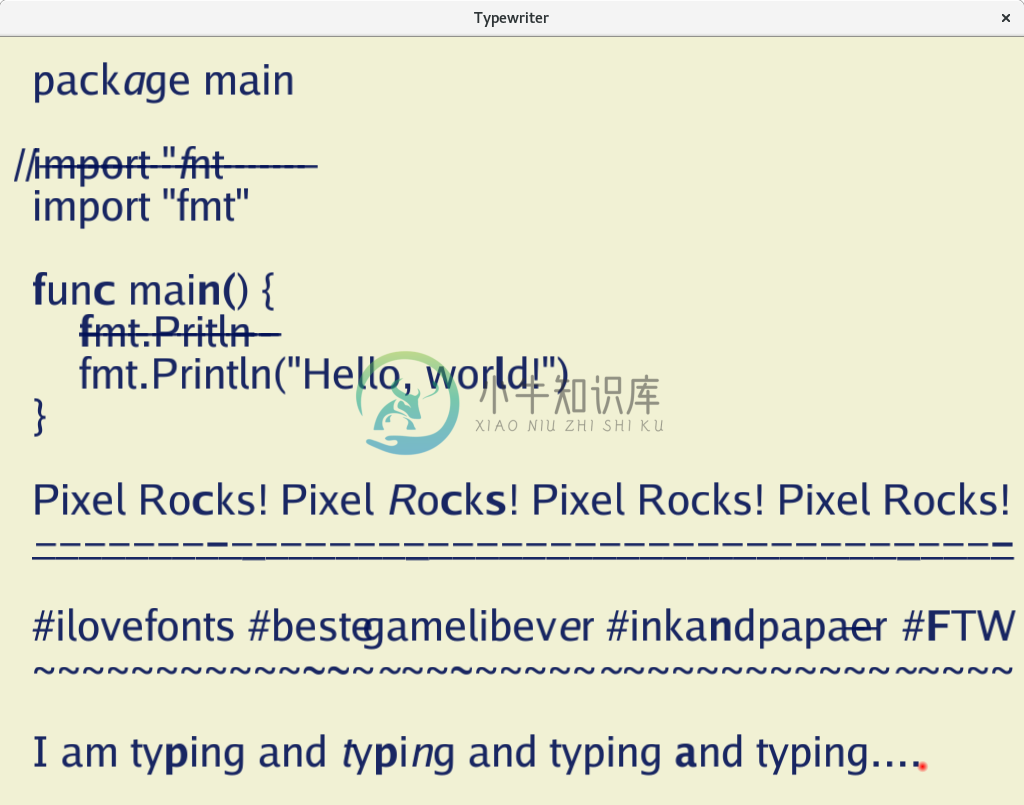 |
| Raycaster | Gizmo |
|---|---|
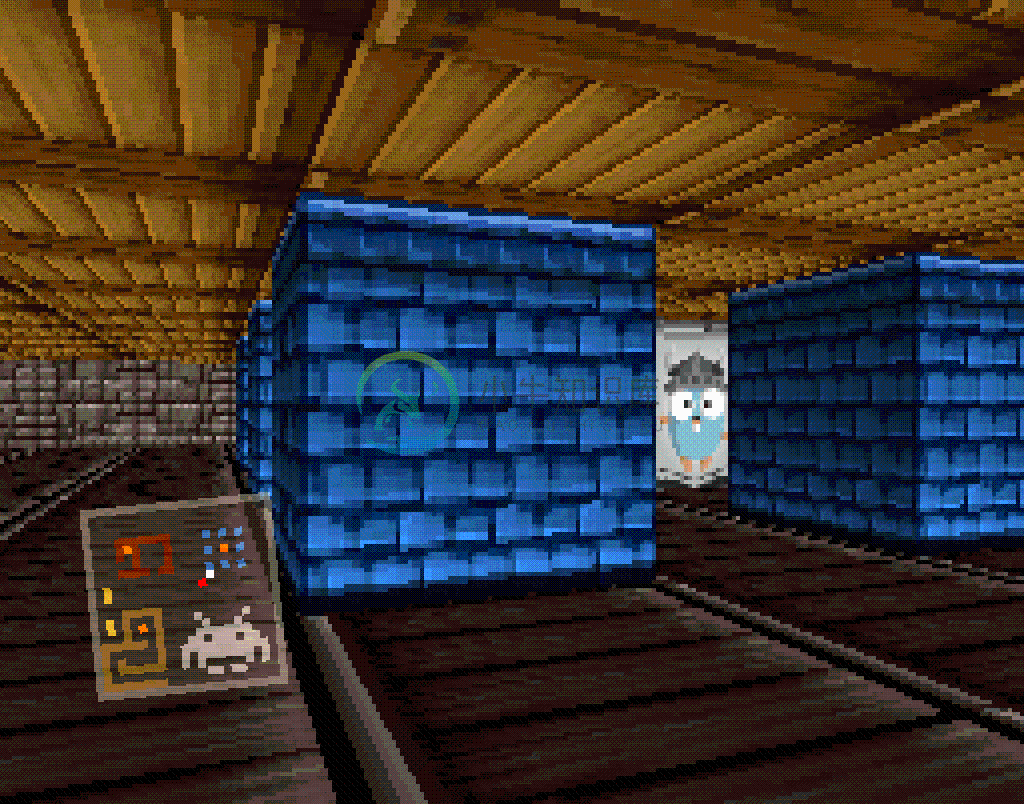 |
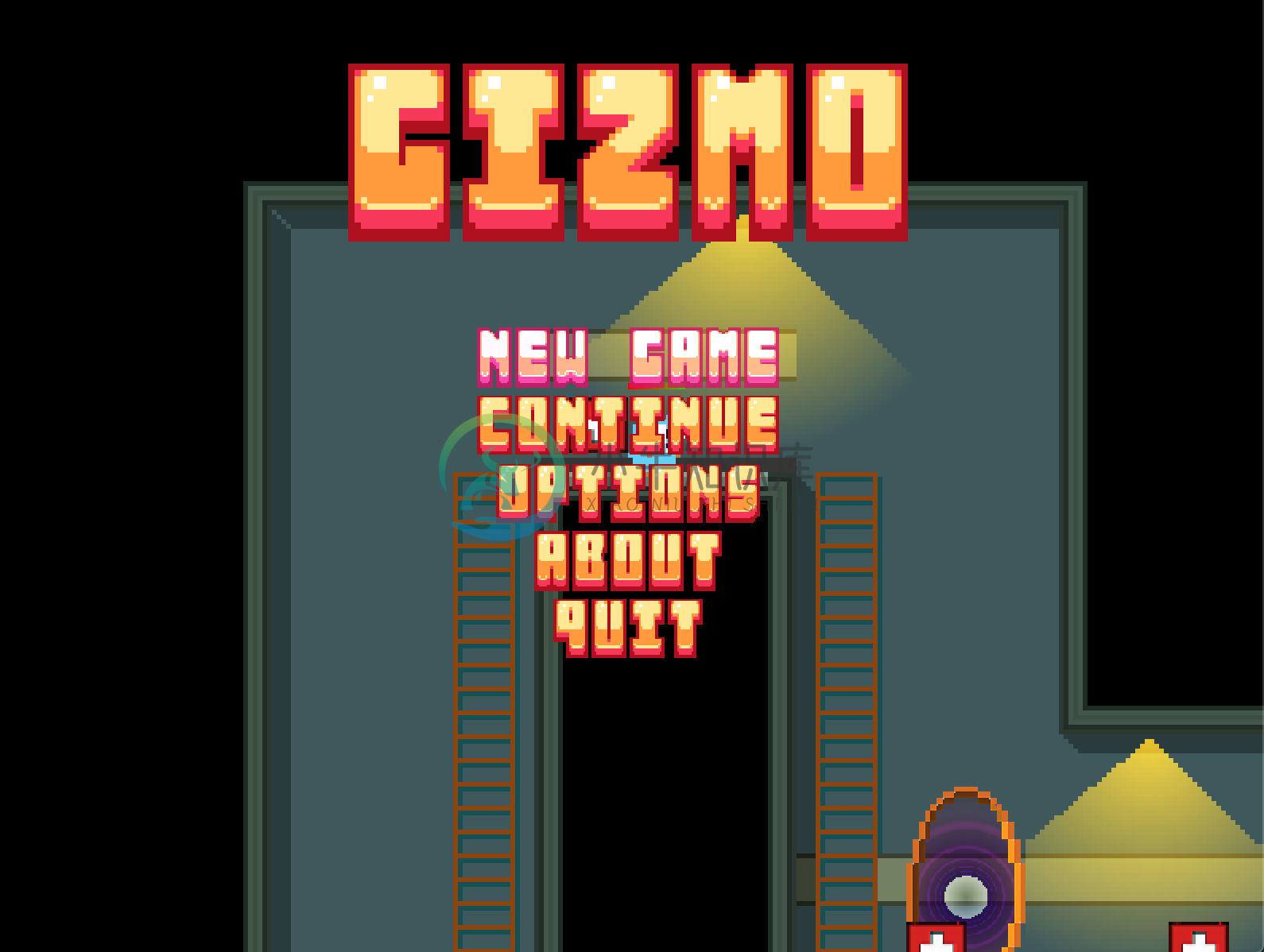 |
Features
Here's the list of the main features in Pixel. Although Pixel is still under heavy development,there should be no major breakage in the API. This is not a 100% guarantee, though.
- Fast 2D graphics
- Audio through a separate Beep library.
- Simple and convenient API
- Drawing a sprite to a window is as simple as
sprite.Draw(window, matrix) - Wanna know where the center of a window is?
window.Bounds().Center() - ...
- Drawing a sprite to a window is as simple as
- Full documentation and tutorial
- Works on Linux, macOS and Windows
- Window creation and manipulation (resizing, fullscreen, multiple windows, ...)
- Keyboard (key presses, text input) and mouse input without events
- Well integrated with the Go standard library
- Use
"image"package for loading pictures - Use
"time"package for measuring delta time and FPS - Use
"image/color"for colors, or use Pixel's owncolor.Colorformat, which supports easymultiplication and a few more features - Pixel uses
float64throughout the library, compatible with"math"package
- Use
- Geometry transformations withMatrix
- Moving, scaling, rotating
- Easy camera implementation
- Off-screen drawing to Canvas or any other target (Batch, IMDraw, ...)
- Fully garbage collected, no
CloseorDisposemethods - Full Porter-Duff composition, which enables
- 2D lighting
- Cutting holes into objects
- Much more...
- Pixel let's you draw stuff and do your job, it doesn't impose any particular style or paradigm
- Platform and backend independent core
- Core Target/Triangles/Picture pattern makes it easy to create new drawing targets that doarbitrarily crazy stuff (e.g. graphical effects)
- Small codebase, ~5K lines of code, including the backend glhfpackage
Related repositories
Here are some packages which use Pixel:
- TilePix Makes handling TMX files built with Tiled trivially easy to work with using Pixel.
- spriteplus Basic
SpriteSheetandAnimationimplementations - PixelUI Imgui-based GUIs for Pixel
- pixelutils Variety of game related utilities (sprite packer, id generator, ticker, sprite loader, voronoia diagrams)
Missing features
Pixel is in development and still missing few critical features. Here're the most critical ones.
-
Audio -
Drawing text - Antialiasing (filtering is supported, though)
-
Advanced window manipulation (cursor hiding, window icon, ...) - Better support for Hi-DPI displays
- Mobile (and perhaps HTML5?) backend
-
More advanced graphical effects (e.g. blur)(solved with the addition of GLSL effects) - Tests and benchmarks
- Vulkan support
Implementing these features will get us to the 1.0 release. Contribute, so that it's as soon aspossible!
Requirements
If you're using Windows and having trouble building Pixel, please check thisguide on thewiki.
PixelGL backend uses OpenGL to rendergraphics. Because of that, OpenGL development libraries are needed for compilation. The dependenciesare same as for GLFW.
The OpenGL version used is OpenGL 3.3.
- On macOS, you need Xcode or Command Line Tools for Xcode (
xcode-select --install) for requiredheaders and libraries. - On Ubuntu/Debian-like Linux distributions, you need
libgl1-mesa-devandxorg-devpackages. - On CentOS/Fedora-like Linux distributions, you need
libX11-devel libXcursor-devel libXrandr-devel libXinerama-devel mesa-libGL-devel libXi-devel libXxf86vm-develpackages. - See here for full details.
The combination of Go 1.8, macOS and latest XCode seems to be problematic as mentioned in issue#7. This issue is probably not related to Pixel.Upgrading to Go 1.8.1 fixes the issue.
Contributing
Join us in the Discord Chat!
Pixel is in, let's say, mid-stage of development. Many of the important features are here, some aremissing. That's why contributions are very important and welcome! All alone, I will be able tofinish the library, but it'll take a lot of time. With your help, it'll take much less. I encourageeveryone to contribute, even with just an idea. Especially welcome are issues and pullrequests.
However, I won't accept everything. Pixel is being developed with thought and care. Eachcomponent was designed and re-designed multiple times. Code and API quality is very important here.API is focused on simplicity and expressiveness.
When contributing, keep these goals in mind. It doesn't mean that I'll only accept perfect pullrequests. It just means that I might not like your idea. Or that your pull requests could need somerewriting. That's perfectly fine, don't let it put you off. In the end, we'll just end up with abetter result.
Take a look at CONTRIBUTING.md for further information.

